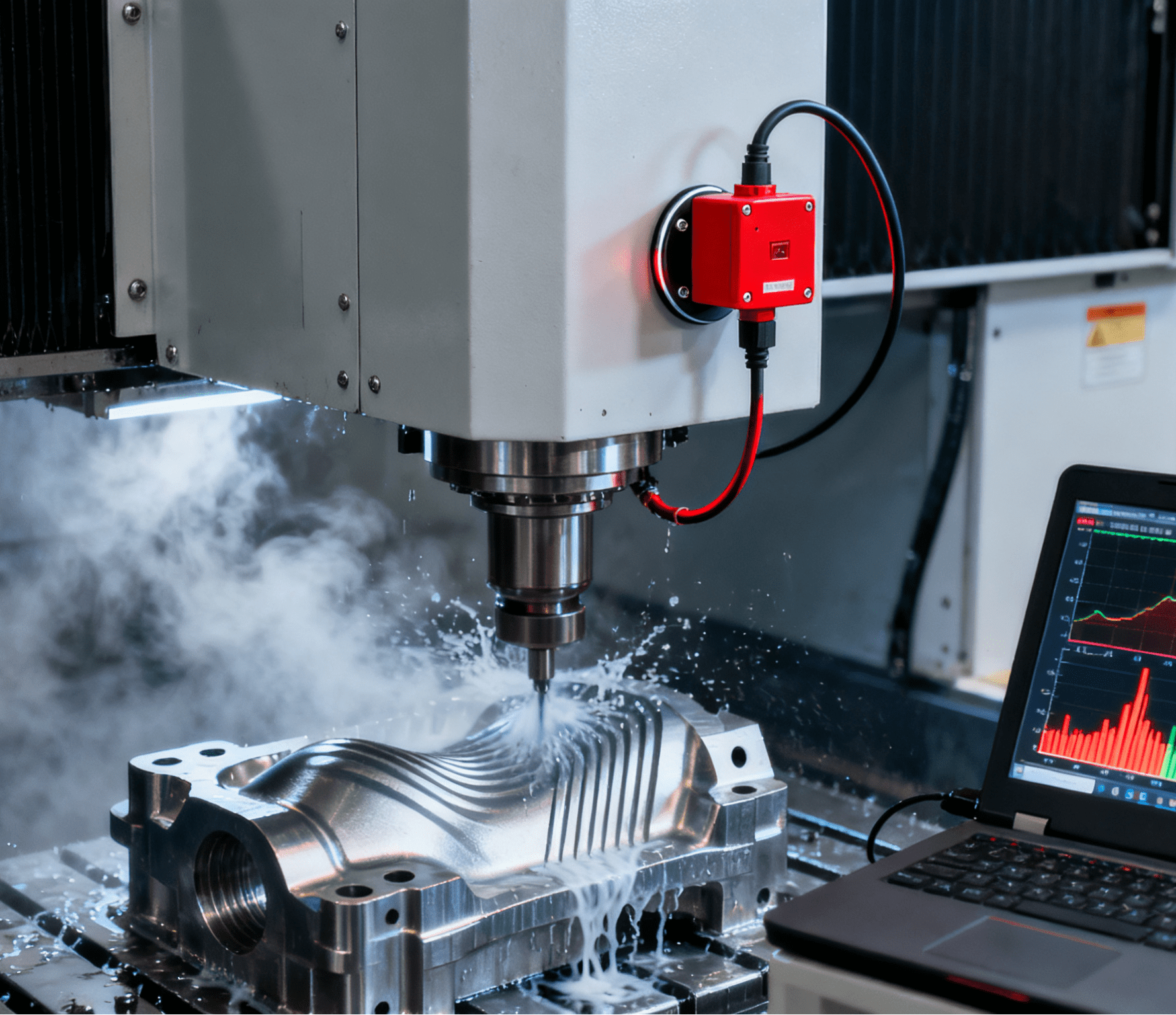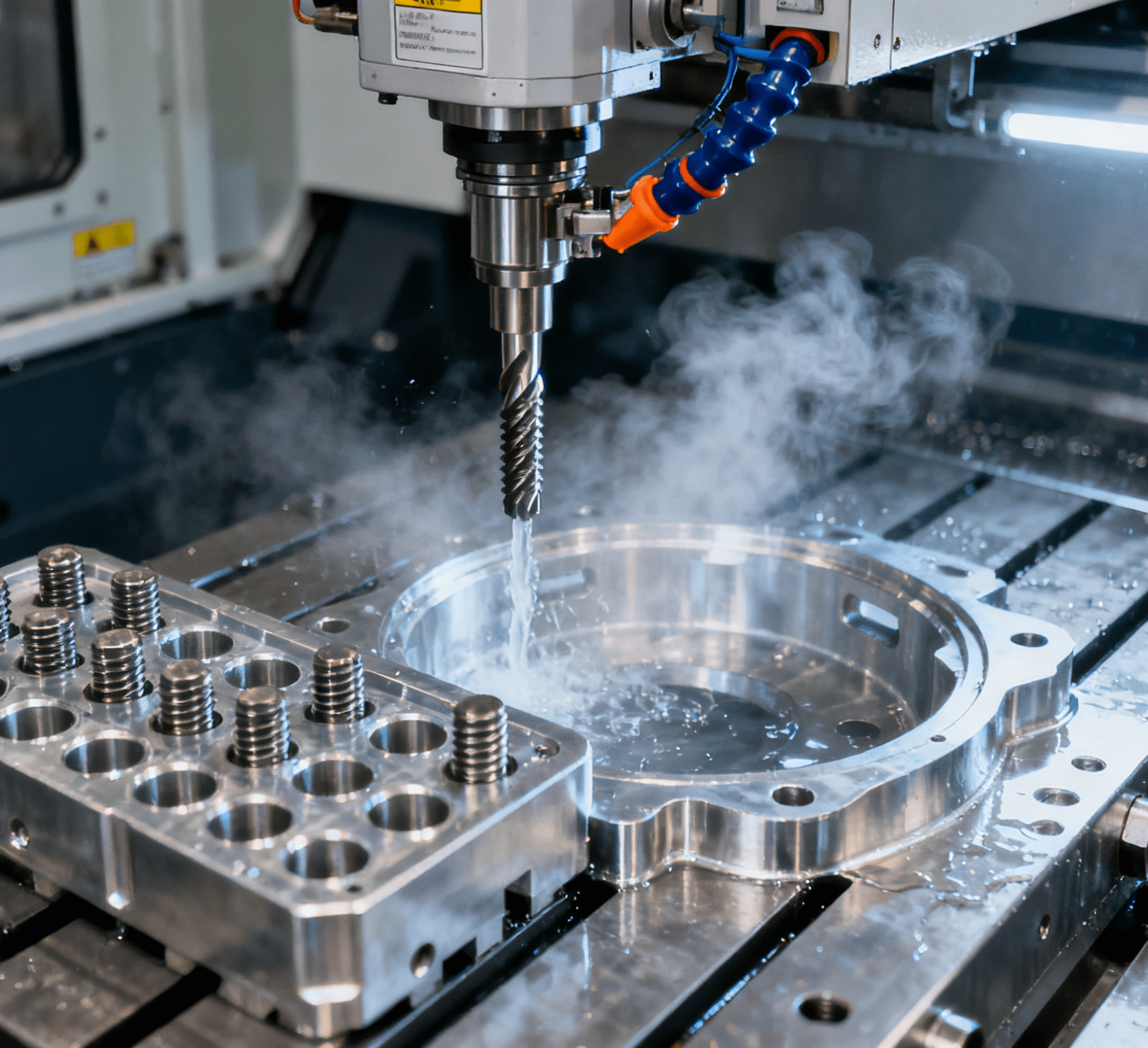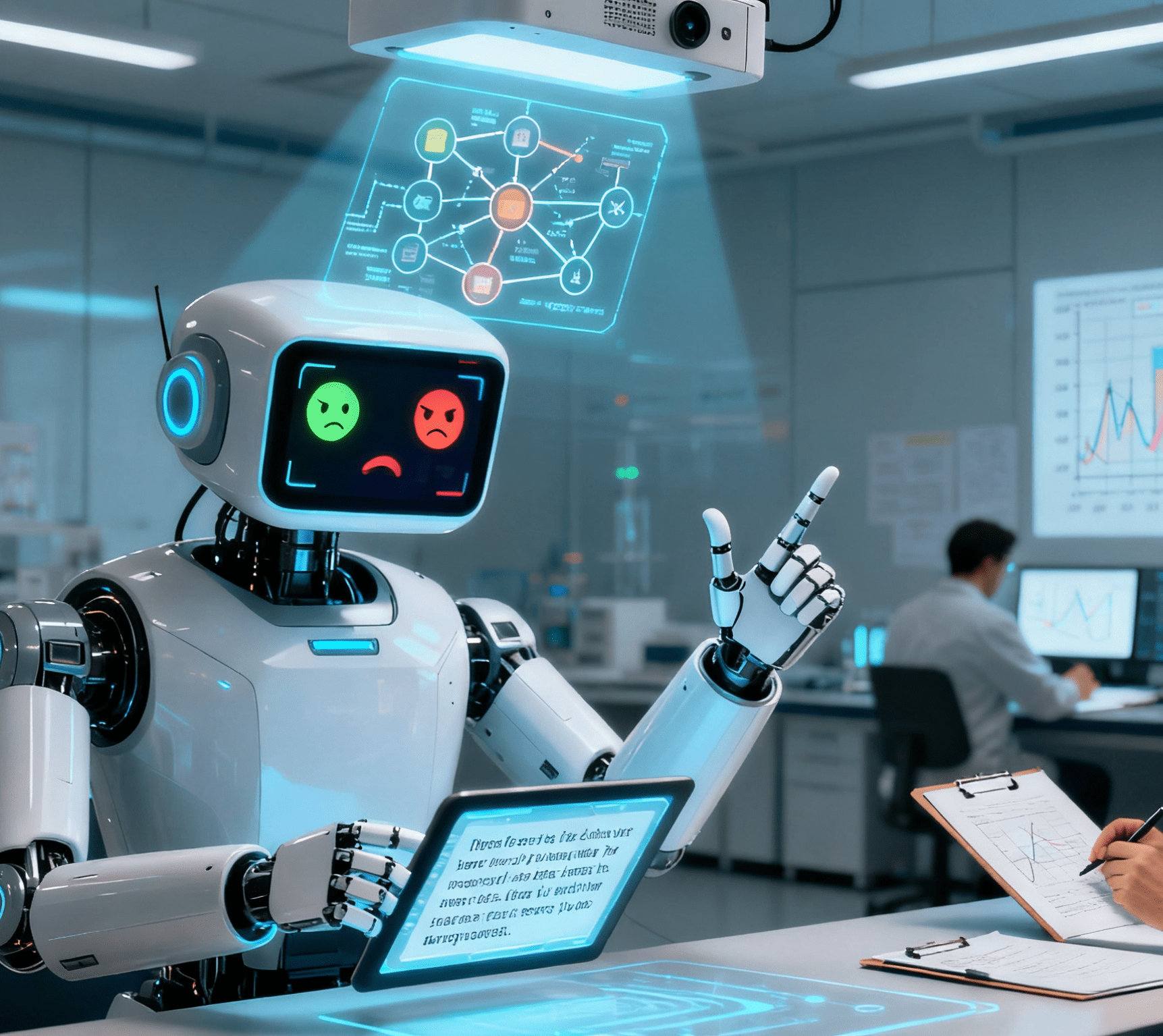Table of Contents
ToggleSydney Team Develops AI Model to Decode Thoughts from Brainwaves: Paving the Way for Intelligent Automation in Neural Interfaces

Imagine a future where automation equipment isn’t just limited to industrial floors—where intelligent automation extends to decoding human thoughts, and brain-computer interfaces (BCIs) become the ultimate fusion of AI and neural science. Australian researchers at the University of Technology Sydney (UTS) are pioneering just that, using AI to translate brainwaves into text. “This isn’t just science fiction; it’s a leap toward integrating neural signals with intelligent automation systems,” says the research team, which is leveraging EEG technology and deep learning to create a new paradigm for human-machine interaction.
Postdoctoral fellow Daniel Leong sits in front of a computer wearing an EEG cap with 128 electrodes—reminiscent of how sensors in industrial automation monitor machinery. The difference? These sensors capture neural signals, and the AI model developed by Leong, PhD student Jinzhao Zhou, and supervisor Chin-Teng Lin translates them into words. When Leong silently reads “jumping happy just me,” the AI decodes brainwaves, uses a large language model to correct errors, and generates the sentence “I am jumping happily, it’s just me”—all without manual input.
The Technology: From EEG Signals to Intelligent Decoding
The UTS model employs deep learning, a form of AI that mimics human neural networks, trained on EEG data from 12 volunteers. This process mirrors how industrial automation systems learn from operational data to optimize performance, but here, the “operation” is human thought. “We’re teaching the AI to recognize patterns in brainwaves, similar to how AI optimizes production lines in factories,” explains Professor Lin.
A key challenge is signal noise—non-invasive EEG caps, while avoiding surgery, capture less precise signals than implanted BCIs (like Elon Musk’s Neuralink). But the UTS team is addressing this by expanding their dataset: recruiting more volunteers to read texts and refining the model to distinguish individual words from complex neural patterns.
Beyond Science Fiction: Real-World Implications
BCIs have a 20-year history, from restoring cursor control for quadriplegic patients to modern implantable tech. The UTS project takes this further by integrating AI with non-invasive BCIs, aiming for portability and accessibility. “This is intelligent automation applied to human cognition,” says researcher Zhou. “Just as industrial automation streamlines manufacturing, this technology could streamline how we interact with machines.”
Potential applications range from assisting people with speech impairments to enhancing cognitive tasks (e.g., real-time thought-to-text for note-taking). The team even plans to test mind-to-mind communication—where one person’s thoughts, decoded by AI, are transmitted to another’s BCI device.
Conclusion: Neural Interfaces as the Next Frontier of Intelligent Automation
The UTS project represents a radical redefinition of intelligent automation: where the “equipment” being automated is the human brain, and the “industrial” process is cognitive thought. While current applications focus on medical rehabilitation, the technology hints at a future where BCIs become as commonplace as any automation equipment in factories—enabling direct thought control of devices, enhancing human cognition, and even facilitating mind-to-mind communication.
As the team recruits more volunteers to refine the AI model, they’re not just improving a technology; they’re building the foundation for a new era where intelligent automation intersects with neuroscience. The ultimate goal? To make BCIs as reliable and efficient as industrial automation systems, proving that the next great leap in automation may not be in factories, but in the neural networks of the human mind. This breakthrough highlights that intelligent automation’s future is not confined to industrial settings—it’s about harmonizing AI with the most complex system of all: the human brain.




















